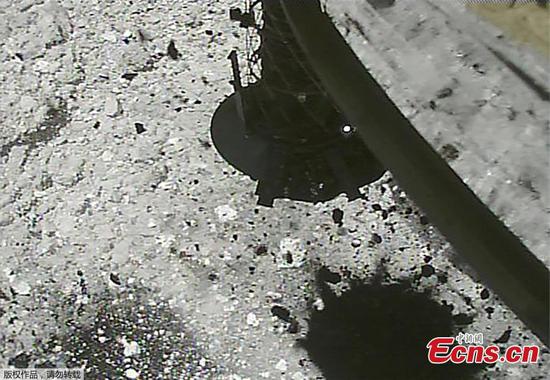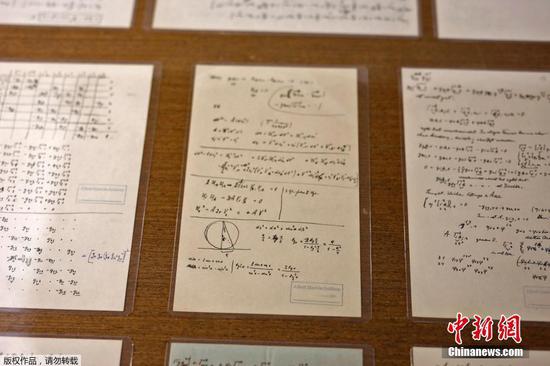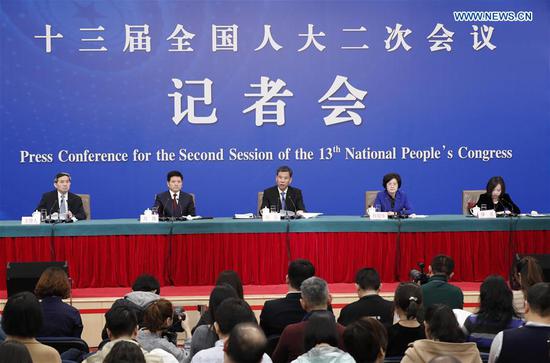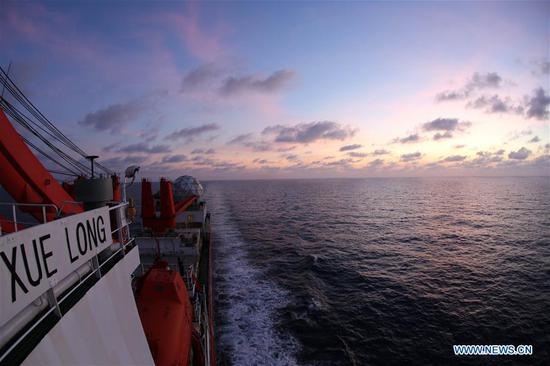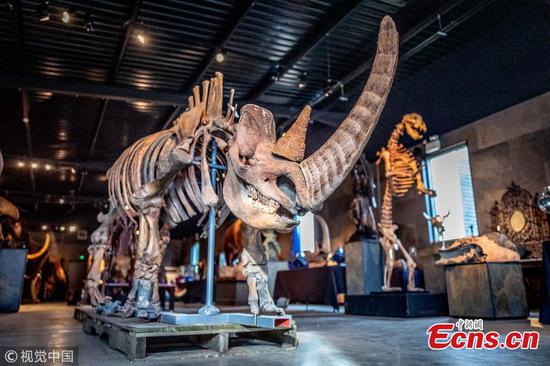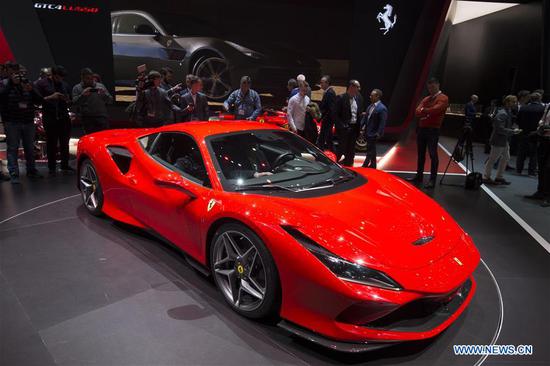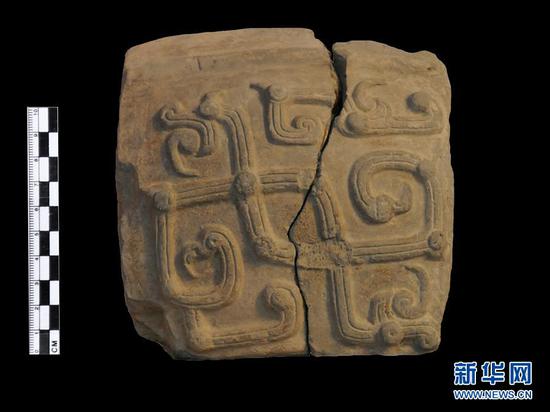U.S. President Donald Trump hates trade deficits.
As a candidate seeking the Republican presidential nomination and now as president, Trump has said trade deficits show a loss of U.S. power and has cited them in imposing tariffs against China and on other countries.
On Wednesday, the U.S. Commerce Department reported the largest monthly trade deficit for the United States in more than a decade along with a record annual deficit.
The U.S. trade deficit with China increased $3.2 billion to $38.7 billion in December as U.S. exports grew by $400 million to $7.7 billion, and imports increased $3.6 billion to $46.4 billion.
But Trump's huge tax cut and other economic policies – including tariffs — likely played a role in those high numbers. The U.S. trade deficit — the difference between how much a country sells in goods and services to its trading partners and how much it buys from foreign nations — may be a sign of economic strength and not reflect policy failure.
As for the numbers, in December, the U.S.' international trade deficit in goods and services increased by 19 percent over the prior month to a seasonally adjusted $59.8 billion and an annual deficit of $891.3 billion, the Commerce Department said.
The U.S. economy is booming while much of the rest of the world struggles with slow or no growth. The U.S. dollar, the world's reserve currency, is strong. That makes foreign-made goods attractive to U.S. buyers because they're cheap, but it makes American goods more expensive for overseas buyers who must pay in local currencies weaker than the dollar.
In short, it takes fewer dollars for Americans to buy foreign-made goods, but more local currency to purchase U.S.-made products sold abroad. And the Trump tax cut put extra money in Americans' pockets.
The result: A growing U.S. trade deficit against a backdrop of record-low unemployment, increased consumer spending and higher federal tax revenues generated by a growing economy.
Trump signed the tax-cut bill into law in December 2017. The measure cut corporate tax rates, encouraged U.S. companies to bring profits earned abroad back to the U.S. and expanded the standard deduction for individuals. That resulted in higher consumer spending and increased business investment that boosted the economy — and the trade deficit.
In January 2018, Trump imposed stiff tariffs on Chinese-made washing machines and solar panels to back his "America First" trade policy. Overall, Trump imposed tariffs on Chinese goods valued at about $250 billion and threatened an additional $267 billion in tariffs, but he didn't impose them.
It's clear that tariffs imposed by both nations are a negotiating tactic, and neither Washington nor Beijing would benefit from a trade war. But some reports showed that Trump's threat caused a surge in U.S. imports, as companies sought to get ahead of any possible tariff increases, which in turn increased the trade gap.
Like Trump, many politicians abhor trade deficits, but many economists don't. The basic question is: Do trade deficits matter?
The key to assessing a trade deficit isn't the dollar amount or monthly fluctuations, but its size in relation to the economy. In 2018, the International Monetary Fund said the U.S. has the world's largest economy at $20.4 trillion. If correct, what's a mere $891.3 billion trade deficit? Unless, of course, you work in an industry clobbered by cheaper foreign competition.
The current U.S. trade deficit appears large when compared with deficits immediately following World War II. But much of the industrialized world was in ruins, capital mobility was limited, and the world economy wasn't integrated. Now, much of the money American consumers spend on foreign goods returns to the U.S. in investments, real estate purchases or cash deposits.
The shift of manufacturing to more productive sites results in lower costs, benefits consumers, boosts spending and expands the economy. That produces investment in infrastructure, new technologies and natural resources.
"In this respect, a trade deficit may be a sign of a growing and robust economy," George Alessandria, an economist at the Philadelphia Federal Reserve, wrote in a research paper.
Contact the writer at scottreeves@chinadailyusa.com












